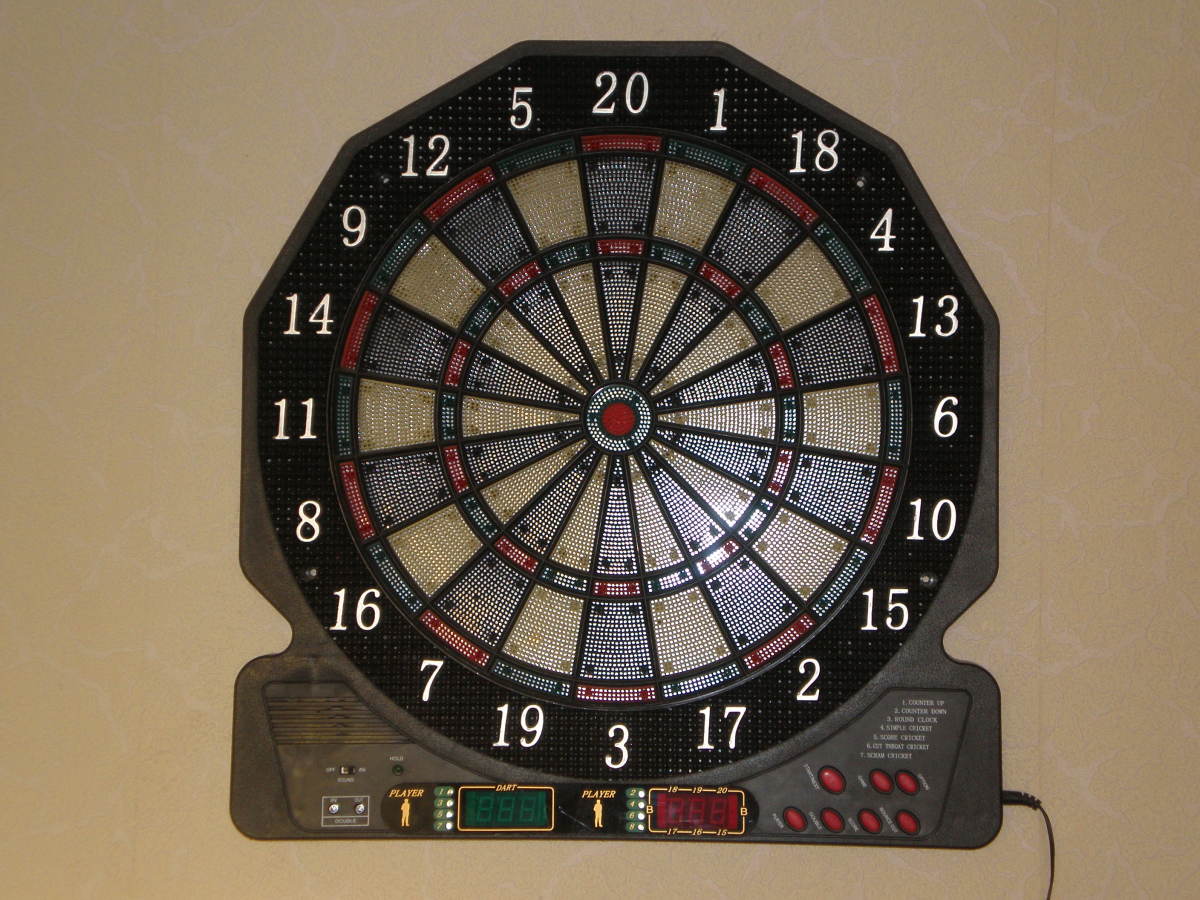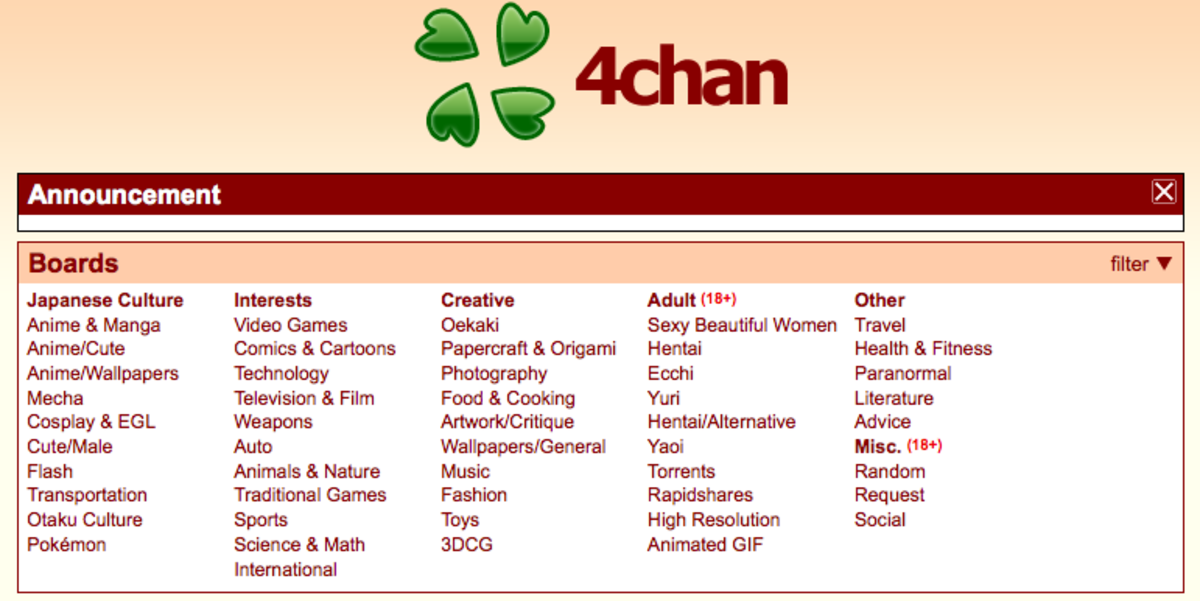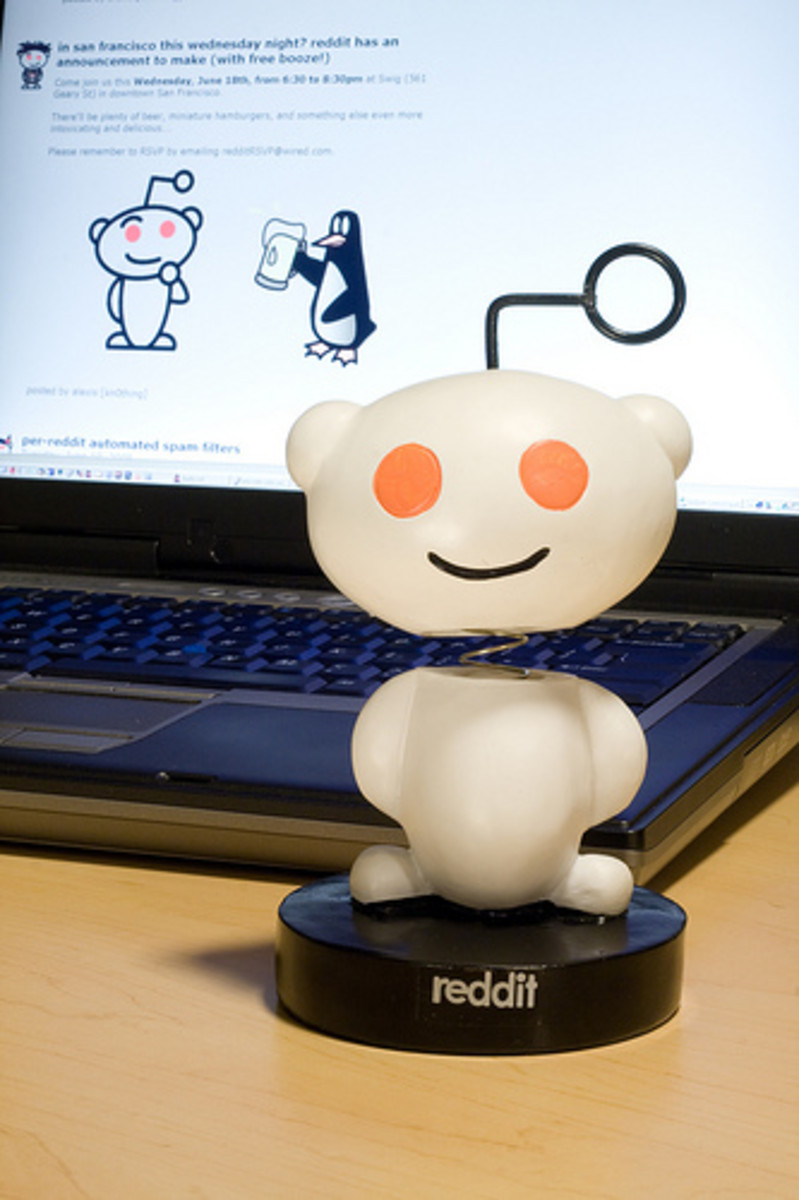What is in a good web content
Schiessentümpel at the Black Ernz

Wiz Khalifa - See You Again ft. Charlie Puth [Official Video] Furious 7 Soundtrack
Introduction
The most important information should be on the top of the page. To ensure your content is relevant and useful review content with personas in mind. Conduct a usability testing and review competitors’ websites. Characteristics of accurate and reliable content are current, trustworthy and reliable. The review time for content is dependent on the type of content. Information architecture is the structure of a website. To make it easier for users to scan a page, use headings and subheadings. For users to understand your content better be personal. Use verbs, not nouns. Use simple, not complex words. To increase users’ interest in the content use topical content, make your personality come across and use a headline that grabs people’s attention. When writing for the web use present tense and active voice.
View of Carpathian National Park from Hoverla

What is a good article structure
What is structure? This is how you structure your content on the page. You need to consider how someone is going to read it. We know that people scan a page so we need to be able to chunk that information so they can scan easily. What would be the structure of a good content page? It will have a nice heading which really grabs users’ attention. It will have couple of sub-headings which break up the page. It should have short paragraphs, only a couple of sentences long. We also should have bullet points to make that structure a little bit more digestible.
Bog lake in Suru Bog
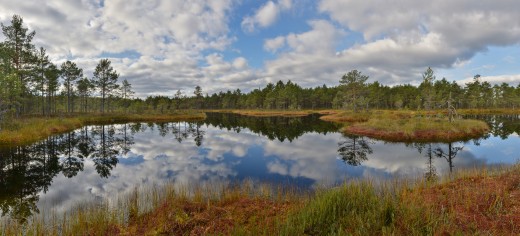
Is your content relevance and useful
You need to make sure that people will want to read it. That they are interested in what you are saying. To ensure relevance ensure that the personas’ needs and goals are met. We need to make sure that the content we are writing is completely relevant to what they are searching for. How do we find out whether the content we write is useful? Go and have a look at your competitors’ content. What are your users saying about this? Is their content a little bit more useful than yours for your users than your content? If so try to get better than theirs. Research and understanding exactly what users want. Give practical advice. Think about how your content can be phrased in a way that gives the user some instructions, some tips and some check lists so they can think of it as a little bit more useful. Think how your content is displayed in the search engine’s result page. Use words that the users put into the search engine. This makes it more useful and relevant to the user. Look at the web analytics to find out whether people are visiting your content. We also can check if people are linking to your content from other websites. This boosts your search engine results and also shows that your content useful and relevant. Also look at your social media; if people are talking positively about you content. If they think it is useful and relevant, they might tell others and that is the best way to get traffic; by recommendation or word of mouth.
Tuscan countryside

Adele - Hello
Content must be accuracy and credible
In writing content make sure you don’t skip the facts. It should be an accurate representation of what you are actually writing. We should make sure that our content is accurate and credible and trusted. Is it believable? Remember users pick up things that are slightly untrue and usually append their comment on it or tell other people, which could potentially damage your reputation. To ensure accuracy we should make sure that we have the expertise to write about the content that we are writing about. Talk to an expert on the content so they could check that the content is correct. The spelling and grammar should be correct and free from typos.
How do we make our content credible? Research on the content on the web to see what people are saying about the content you are writing on. Your content will be a lot more credible if you have the facts. For your content to be reliable and accurate it needs to be reliable, believable, trustworthy and correct.
Saint George Cathedral (1696-1701) and bell tower

Dell Inspiron 3847 Desktop,
Currency and consistency
The users should not come to our article and realize that it’s either out of date or is not consistent. Some information need to be reviewed every six months or so. Information on events that will happen expires after that event has occurred. Remove it from the content, otherwise people will notice that the article is not properly maintained. News content has to be current otherwise take it off and achieve it. Time table information goes out of date quite fast. E.g. movie time table; Review this content and update it as often as possible. Content should be regularly reviewed when it is no longer current. Check the accuracy and relevance of information you present. Is it still relevant to the personas the way identified before?
Consistency comes up when an article is written by two or more people. Ensure that the way you write, how you write, the tone of voice used is going to be consistent. Any terms you use have to be consistent with each others’. A consistent article allows the user to feel that they are in the same place and the same article rather than being a bit fragmented. Users are confused by inconsistency. The currency and accuracy of the content affects your brand.
Lake Sils, in Graubünden, Swizerland.

How people find your content
Different ways people find your content: They quite often go to the search engine and they type in and your content comes up. They might get linked from another site. They find content within the website hosting your article through navigation. They might use internal links. On the pages of the content there may be a link in the middle of the content. And they select that and go to another page. They can also use the website’s internal search.
The first two, we have less control over them, but the last three; navigation, links and internal search we have a lot of control over them. Navigation: Ensure that the labels are understood by your users. Does the label match the content? Does the content match the label? The links within the website: The internal links takes one to another page within the website and that page might have a lot of content and it might also have a link which leads you to another page or maybe back to first page. We have to make sure that those links are understood and again the label matches what the person is going to be taken to; the content to be read next. Internal search: You need to give the search result content enough meaning so that people are confident that they are going to be taken to the page they are searching for. Make sure that your users can find your information.
Cape Pillar

Taylor Swift - Blank Space
Scanable content is more accessible.
People scan web content in an f-shaped pattern. One of the techniques that we use to make more scanable content is the chunking of the information. There are lots of ways that we can improve the scanability and readability of our content to our users. Use bits of chunks of content. These could be headings subheading. These together with lists are a fantastic way scanning.
A summary is essential. People usually only read the first paragraph. The most important information should be on this paragraph. If you’ve got a really long page, a summary will be essential. This gives a brief overview of what someone will read throughout the page. People may not have time to read the whole page.
White spaces are loved by visual designers. These make the site or page more attractive to the eye. It allows almost breathing room between the content. It allows the user to scan the page a little bit more easily.
View on Geiranger

Make content simple
Make your content a little bit simpler. Don’t use big complex words and sentences. The content should be short sentient that people will be able to read instantly and understand. Use plain English in your content. Write simple words and sentences. Short is the key word: Short sentences, words and paragraphs. You can use lists, tables, graphs and pictures because these make your work simpler in the eyes of the user. Don’t use jargons and complex words and expressions not to confuse your users. We want to be more personal. We want to be relaxed, casual and informal as possible. Organizations use formal language which means that you should talk to management so that you can strike the middle ground. Consider the audience you are writing for. Find out the users’ knowledge and experiences. We want to write at the level of the users. Don’t use words that you are comfortable with. You are writing for someone else rather than yourself. They should be able to understand exactly what you intend to say. Be direct and to the point. Use verbs rather than nouns; e.g. consider is better than consideration. When the message you want to put out is complex consider using examples and analogies to help you explain complex information.
Red Mount Teide bugloss

Make your content interesting to read
Users want to be interested rather than bored. Even if you work for a big organization that is corporate and formal, or you work for a government organization that you think is quite formal as well, make it a little bit more interesting to the user.
Some techniques to make an article more interesting include: A nice interesting heading which is quite attention grabbing. One sentence lead paragraph with some bullets. Links which take you to more details, if you wanted; and also avoid using formal language. Use examples and analogues to make it interesting. Use content that is topical, that is interesting at the time, that people would be interested in reading. Create info graphic; that is, a graphical representation of information in an interesting way. However, representing all your information this way is monotonous. We don’t want any marketies. You don’t want to oversell your product. You don’t want to push the user into buying it. Just tell them quite simply and be direct what you have to say. Don’t use any jargon. It only confuses people.
The pier of the seaside resort Prerow
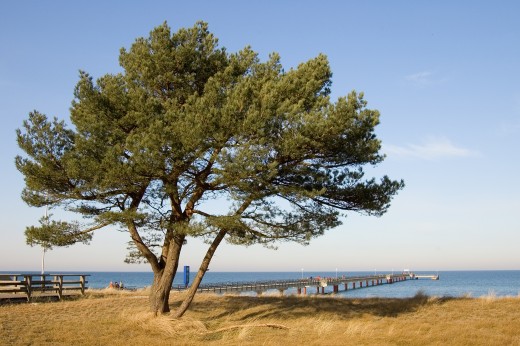
The right tone of voice.
To bring up the tone of voice when writing web content we rely on the words that we use and also we can use some visual design elements to communicate if our content is happy or sad. Use personal language like I and we to make it a little bit more personal rather than using formal words.
To bring out our personality we must use the right tense, i.e present, past and future tenses. Present tense is more preferred. It is happening right now rather than in the past which is old, the future is unpredictable. There are two types of grammatical voices; passive and active. You should prefer the active voice. It gives shorter sentences.
Seagrape fruits

The writing style
Since users scan a page in an f-shaped pattern, most of the important information should be at the heading and the summary. There should be a nice heading and a summary which gives you a lot of information that you need to complete a task. There is a technique called the inverted pyramid. The top of the inverted pyramid take the most important information. The whats, whys, hows; whereas in the middle we put the less important but interesting content. The bottom third takes anything that is interesting but may not be as important. If you can deleted the lower third without affecting the other two third of content, then you have written in an inverted pyramid style. Users prefer shorter pages.
cycle track to Diepenbeek campus.



